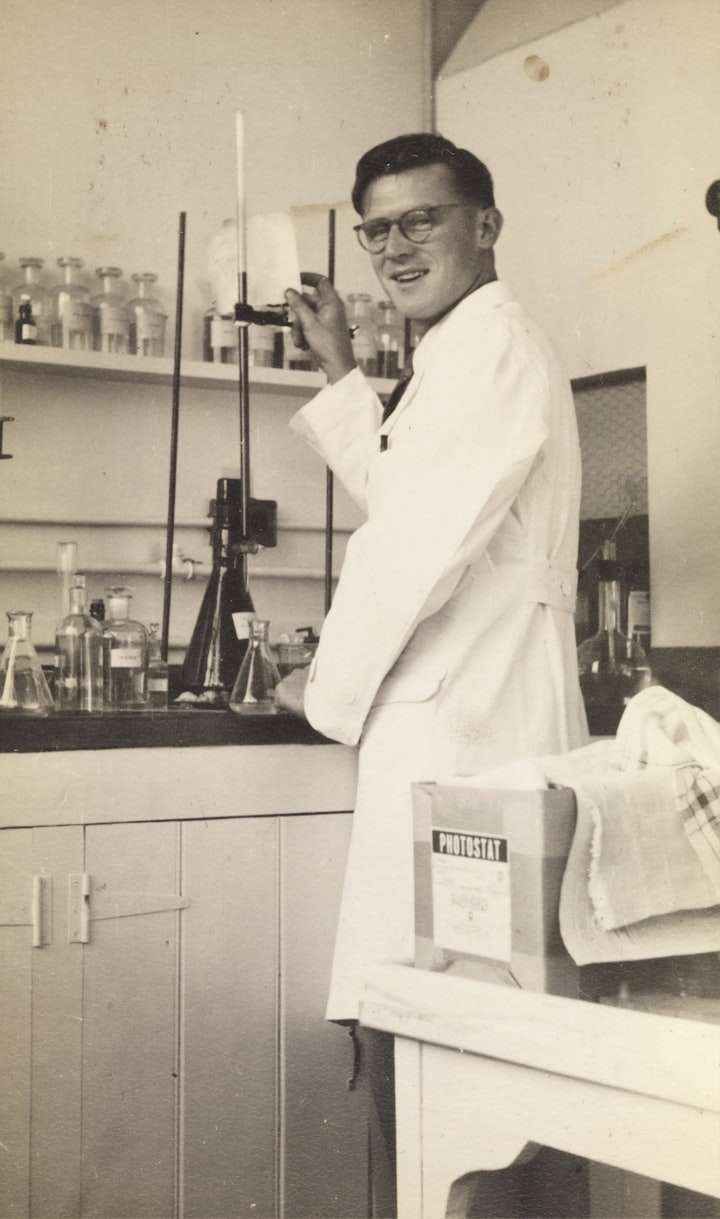
The 1918 Nobel Prize for Chemistry stands as an unparalleled testament to human ingenuity and its far-reaching impact on society. This prestigious accolade was bestowed upon the eminent German scientist, Fritz Haber, in recognition of his groundbreaking solution to a monumental challenge that humanity grappled with. His revolutionary invention directly impacted the lives of an astounding 4 billion people that inhabit the world today. Yet, this remarkable achievement was marred by a stark divide in opinion among his peers, with several notable Nobel laureates boycotting the event and the New York Times publishing a scathing critique. Fritz Haber emerges from this dichotomy as a figure of immense influence and profound tragedy.
As the symphony of Haber's life unfolded, it was evident that he played a singular role in shaping the very fabric of our contemporary world. A parallel narrative arises concerning the intriguing legal claim that American citizens can assert over islands adorned with copious amounts of bird droppings. This fascinating legal provision, dating back to 1856, allows individuals to lay claim to such islands, with the full backing of the United States government. There are currently ten islands that have been seized through this quirky legal route, underscoring the fascinating legal intricacies woven into our history.
Journeying to the coastal peripheries of Peru, we encounter a collection of islands where millions of seabirds congregate to breed, significantly impacting the surrounding marine ecosystem. The heat and aridity of the region lead to the solidification and accumulation of bird droppings over millennia, forming cliffs of guano, a valuable resource in the mid-1800s. The burgeoning market for bird guano was propelled by its nitrogen-rich composition, a vital element in the synthesis of amino acids, proteins, and other essential biological compounds.
Nitrogen, constituting a significant portion of our bodies, plays a fundamental role in the composition of amino acids, hemoglobin, and DNA. While it forms the majority of Earth's atmosphere, its inaccessibility in a usable form poses an agricultural challenge. The ancient Incans ingeniously harnessed guano's nitrogen content to bolster their agricultural yields, revolutionizing their ability to cultivate in otherwise infertile regions.
As the world grappled with a nitrogen crisis in the late 19th century, British chemist William Crooks prophesized a future marred by widespread famine. He posited that chemistry, particularly through the work of chemists in laboratories, could avert this impending catastrophe, highlighting the power of scientific innovation to address critical global challenges.
Fritz Haber's entry onto this scientific stage in the early 20th century marked a pivotal moment in the quest to unlock nitrogen from the air. The five-year odyssey he undertook culminated in a groundbreaking process that transformed nitrogen and hydrogen into ammonia. This discovery set the stage for a paradigm shift, propelling the global agricultural industry into a new era. The commercialization of this process catalyzed a surge in food production, supporting a burgeoning global population.
However, the euphoria of Haber's accomplishment was eclipsed by the devastation wrought by World War I. Haber, a man dedicated to his country, immersed himself in leveraging his scientific expertise for the war effort. This endeavor led to the development of chlorine gas, a horrific chemical weapon that scarred the battlefield and claimed countless lives. The tragic duality of Haber's legacy crystallizes in this juncture, epitomizing the ethical quandaries inherent in scientific progress.
In the aftermath of the war, Haber grappled with personal and professional challenges, navigating a world reshaped by the cataclysmic events of his time. The subsequent rise of the Nazis and the tragic misuse of Haber's scientific innovations underscore the delicate balance between scientific discovery and its potential for harm.
Reflecting upon this complex narrative, one cannot easily categorize Fritz Haber as a villain or a hero. His story illustrates the dual nature of scientific progress—a powerful tool that can either uplift humanity or inflict profound suffering. It calls for a nuanced approach in steering the course of scientific inquiry, emphasizing responsible and ethical use of knowledge to ensure a harmonious coexistence with our planet and its inhabitants. The lessons gleaned from Haber's journey compel us to wield the sword of knowledge judiciously, safeguarding the delicate fabric of our existence.





Comments
Darcie is not accepting comments at the moment
Want to show your support? Send them a one-off tip.